Apple tech uses geofences, crowdsourced data to pinpoint cell network dead spots
The U.S. Patent and Trademark Office on Tuesday granted Apple a patent for a mobile device monitoring system that uses anonymized crowdsourced data to map out cellular network dead spots.
As described in Apple's U.S. Patent No. 8,886,178 for a "Location-based profile," the mobile monitoring solution is mostly for the benefit of cellular carriers and device makers. Using onboard location subsystems like GPS and wireless access point triangulation, individual iPhones and iPads can inform server-side systems of localized areas where calls are regularly interrupted or data transfers fail, aiding in the creation of more robust network.
Described as a location-based profile, the diagnostics tool — acting as an app or background task — depends largely on geofencing, defined as a closed set of coordinates laid out in a circle over geographic area. In some cases, the area geofence can be polygonal to correspond with known coordinates of surrounding cell towers. As applied to the patent, geofences are used to trigger mobile monitoring systems.
For example, when an iPhone experiences a dropped call, the location-based profile can assign a geofence corresponding to the cell of a network to which the device was connected just prior to interruption. The geofence may then be saved and associated with a diagnostics profile so that the iPhone can further suss out wireless problems when entering that area. Once a device leaves the vicinity, it reverts back to a default operating profile.
Alternatively, existing geofences known to correspond with wireless interruptions can be fetched from a data store located on an off-site server. These virtual coordinates may be generated from data uploaded to the system by other mobile devices, hence the crowdsourcing part of the equation.
In the diagnostic profile, multiple agents are used to monitor various wireless connectivity attributes, including call drops, SMS, baseband issues and more. Examples of data gathered range from time of interruption, frequency of issues, type of interruption and general network parameters.
Gathered data is anonymized and sent up to a central server for analysis where it is applied to dimension tables that include various statistics of a given geofenced area. An iPhone can access device history from the table for further instruction or, if the issue is determined resolved, remove the geofence from the server.
The remainder of the patent goes into detail on dimension tables, alternative embodiments and statistical analysis of data. In addition, the invention mentions specialized profiles that can be customized for special interest data collection, such as collection of demographic information on cellular phone calls within a designated area.
Apple's geofence-based wireless diagnostics patent was first filed for in 2010 and credits Shuvo Chatterjee as its inventor.
 Mikey Campbell
Mikey Campbell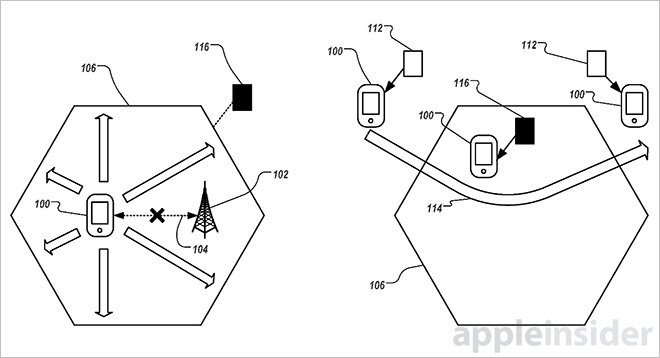
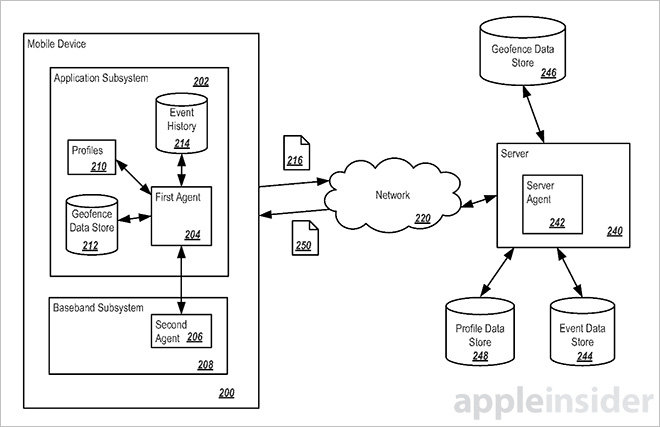
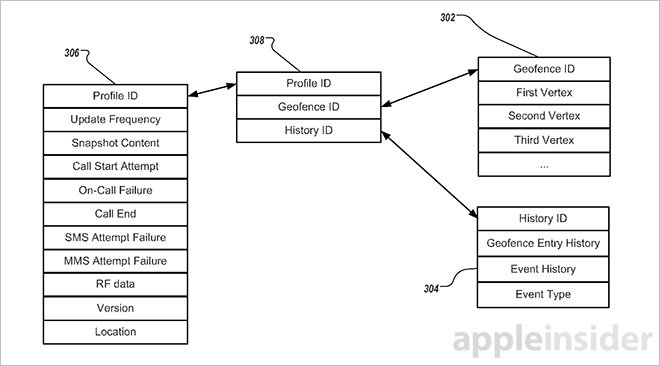


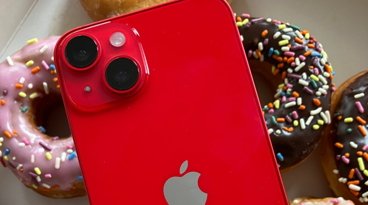



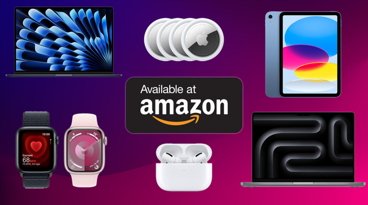





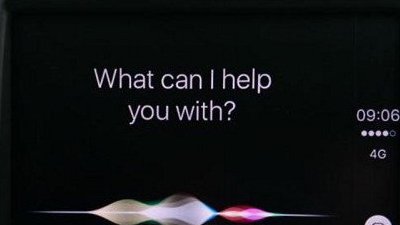
 Charles Martin
Charles Martin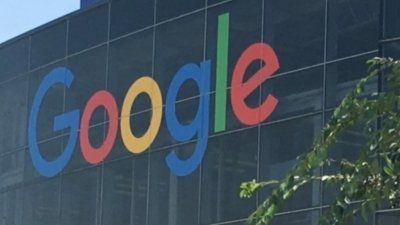
 Andrew Orr
Andrew Orr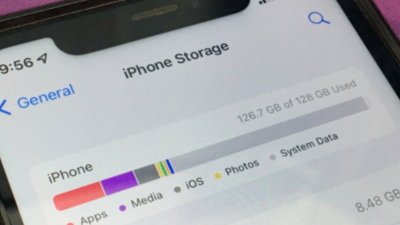
 Malcolm Owen
Malcolm Owen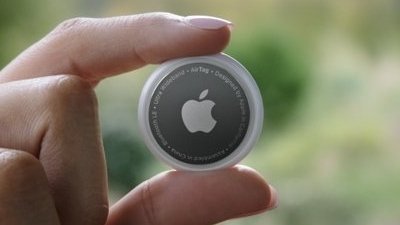
 Amber Neely
Amber Neely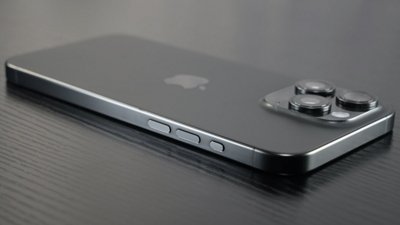
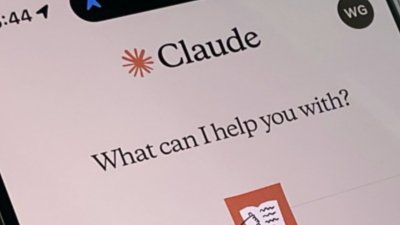
 William Gallagher
William Gallagher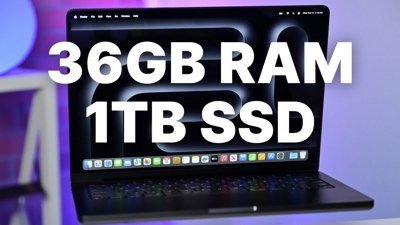
 Christine McKee
Christine McKee
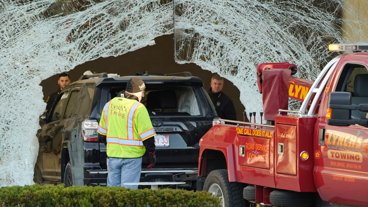









6 Comments
I switched to AT&T in 2007 specifically to use the iPhone - but my cellular reception has always been marginal at my home. Would have been nice if AT&T had been interested in developing this type of technology - but I guess it's not surprising. Should be interesting to see what happens when those geofenced areas of unsat reception are published for all to see.
[quote name="lmntary" url="/t/183354/apple-tech-uses-geofences-crowdsourced-data-to-pinpoint-cell-network-dead-spots#post_2637910"]I switched to AT&T in 2007 specifically to use the iPhone - but my cellular reception has always been marginal at my home. Would have been nice if AT&T had been interested in developing this type of technology - but I guess it's not surprising. Should be interesting to see what happens when those geofenced areas of unsat reception are published for all to see.[/quote] If you're still on AT&T there is a solution for you. Ask them for a MicroCell. They originally charged money but now are free of charge. You can load at least 5 numbers to the device, which will push your calls through your local ISP to AT&T. You still use your minutes for calls (which is stupid) but it's better than not being able to make/receive a call from home. [LIST] [*] http://www.att.com/standalone/3gmicrocell/ [/LIST]
Spot on - and thank you for a great suggestion! I've had an AT&T microcell for the past 5 years. It has frequent hiccups (like GPS location conflicts), needs frequent resets and of course I do pay for the calls. But on the whole it is a reasonable fix until some infrastructure arrives. BTW, I live twenty miles outside of a major metro area... C'mon AT&T!!
Spot on - and thank you for a great suggestion! I've had an AT&T microcell for the past 5 years. It has frequent hiccups (like GPS location conflicts), needs frequent resets and of course I do pay for the calls. But on the whole it is a reasonable fix until some infrastructure arrives. BTW, I live twenty miles outside of a major metro area... C'mon AT&T!!
Just so you know AT&T does not own all the towers anymore, many time they are leasing time/space on existing towers. Also Town limited location and how many towers can be put in a town. It not all AT&T faults. This is the issue I have, I have a tower near by, but I sit in the blind spot of the closet tower. The one which I am not in the blind spot, it is too far away and the town will not allow any more towers in the area. Also the town will not allow the traditional towers if other methods can be used. The closest one to me is actually on the near by water tank for the town and it not even higher then the 100 ft oak trees around it. The town is run by a bunch of old people they do not care.
... The town is run by a bunch of old people they do not care.
And one day you can be an old person that does care.